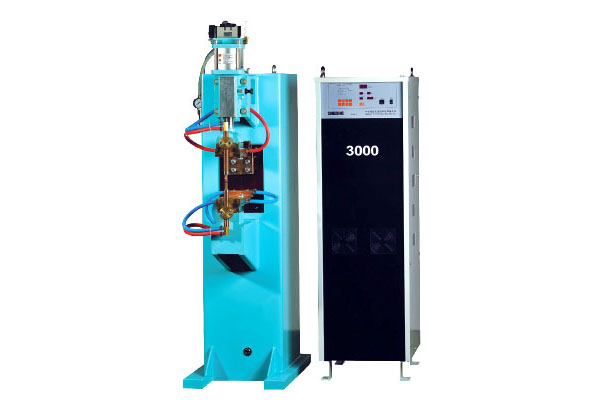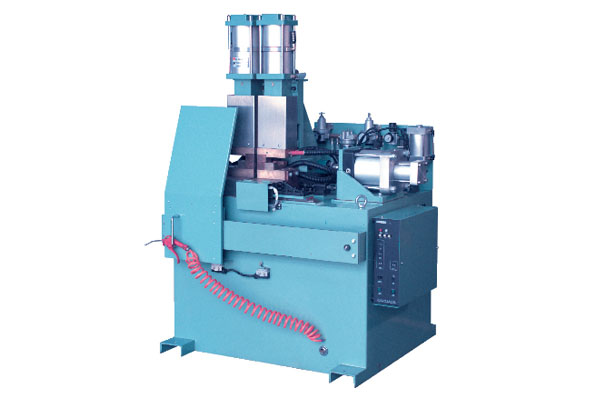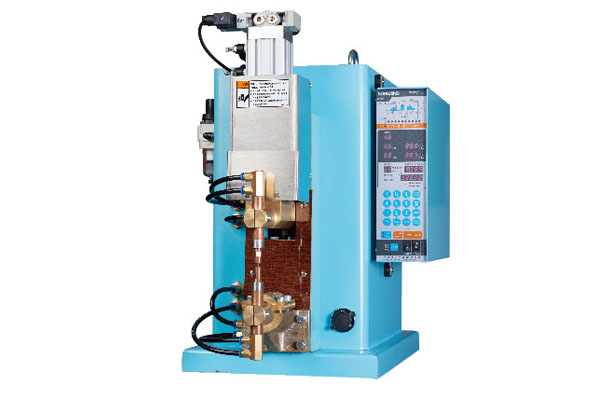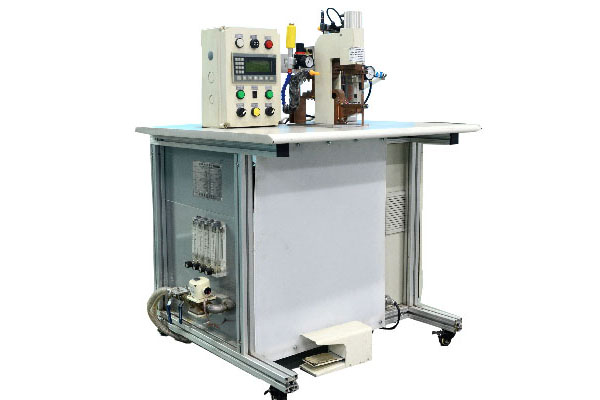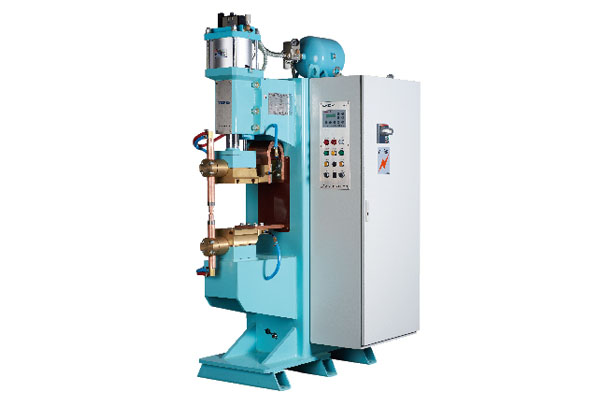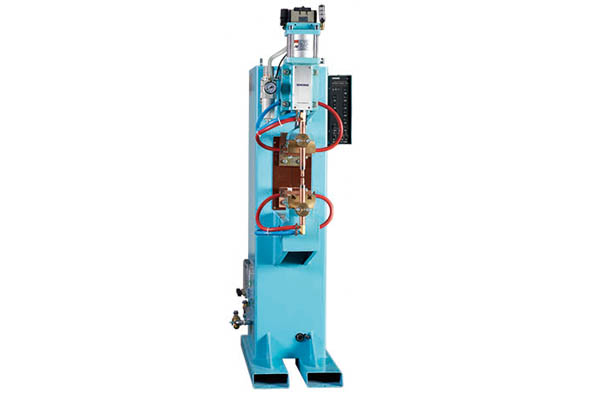News & Technicals
Analyze the Influence of the Welding Point Distance of the Spot Welder
In the continuous spot welding of the intermediate frequency spot welding machine, the smaller the spot pitch, the thicker the sheet, and the greater the shunt. If the material to be welded is a light alloy with good conductivity, the shunt is more serious. The minimum point pitch is mainly to consider the effect of shunting.
When using strong conditions and large electrode pressure, the dot pitch can be appropriately reduced. When using thermal expansion monitoring or a controller that can sequentially change the current at each point, and other devices that can effectively compensate for the effect of shunting, the dot pitch can be unlimited.
The influence of welding sequence: When the welded points are distributed on both sides, the flow split on both sides is larger than the split flow on only one side.
The influence of the surface condition of the weldment: When the surface treatment is poor, the oil stain and the oxide film increase the contact resistance, which leads to an increase in the total resistance of the welding zone and a relatively decrease in the shunt resistance, resulting in an increase in the current.
The electrode and the non-welded area of the workpiece are in contact with each other: the shunt caused is sometimes not only large, but also easy to burn the workpiece.
Poor assembly of the weldment or too tight assembly: due to the excessive close contact of the non-welded parts, a large shunt is caused.
The influence of the characteristics of the single-sided spot welding process: When the two weldments have the same plate thickness, the shunt resistance will be greater than the current passing through the welding place because the shunt resistance is smaller than the welding resistance.
Send Message
Premium Product
Catalogue
News & Technicals
Structure of Nut Electrode of Intermediate Frequency Spot Welder
Analyze the Electrode of the Intermediate Frequency Spot Welder
Analyze the Influence of the Welding Point Distance of the Spot Welder
Function of Butt Welding Machine Inspection System
Contact Us
Email: info@resistancewelder.com
Tel: 0086-185-6889-5678
Factory: No.81 Donghui Second Street, Huangpu District, Guangzhou

